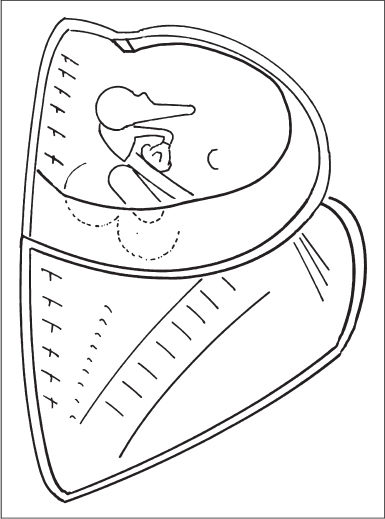33 Transposed Canal Wall Tympanomastoidectomy Enlarging the external auditory canal extensively and exenteration of the anterior part of the tympanomastoid with an outside-in technique, so that a new canal is created with a superior wall at the middle cranial fossa dural plate, and the other walls transposed 2–3mm posteriorly, inferiorly, and anteriorly. The transposed canal wall (TCW) tympanomastoidectomy can be carried out as an isolated technique, i. e., TCW anterior tympanomastoidectomy, or combined with a posterior mastoidectomy, protecting the transposed bony wall in between, i. e., TCW combined tympanomastoidectomy. TCW tympanomastoidectomy is mainly used in surgery for chronic otitis media with cholesteatoma. After execution of an endaural or retroauricular incision, a classical tympanomeatal flap is elevated, followed by elevation of the laterally based posterior and anterior meatal flaps. The initial steps in drilling are superior and posterior canal widening, which are followed by inferior and anterior canal widening. This is planned, outside-in, extensive drilling, which not only enlarges the external auditory canal, but also partially exenterates the anterior part of the mastoid. In this way the new canal wall is routinely recreated at the middle cranial fossa dural plate superiorly, and the other walls are transposed a couple of millimeters posteriorly, inferiorly, and anteriorly. If maximum exposure is required, a mastoid facial nerve skeletonization posteriorly, jugular bulb skeletonization inferiorly, and temporomandibular joint periosteum skeletonization anteriorly may be performed through this anterior main route. When cholesteatoma is limited posteriorly to the aditus, all of it is removed through this anterior tympanomastoidectomy route, and when cholesteatoma is beyond the aditus (e. g., reaching the antrum), a posterior mastoidectomy is additionally carried out, protecting the newly created posterior wall. In such cases the cholesteatoma is pushed from the antrum through the aditus anteriorly into the attic. The rest of the cholesteatoma is resected through the anterior route. In either case, all the delicate structures and key areas—that is, the attic, aditus, horizontal semicircular canal, tympanic facial nerve, facial recess, sinus tympani, the ossicles, and oval and round windows—are all explored and cleared of cholesteatoma through the anterior route. After the cholesteatoma has been completely removed and the ossicles reconstructed, a piece of cartilage with perichondrium is used to partially fill the anterior mastoid tegmen adjacent to the middle cranial fossa dural plate, and the attic and tympanic membrane are reconstructed using either the same or another piece of cartilage and temporal fascia. In cases of combined TCW tympanomastoidectomy, any additional reconstructive procedure is carried out in the posterior mastoidectomy cavity.
Definition
Indications
Surgical Technique

Transposed Canal Wall Tympanomastoidectomy
Only gold members can continue reading. Log In or Register to continue

Full access? Get Clinical Tree


